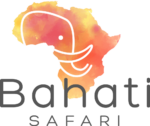Experience wonderful people and their culture
Good to know
Get to know the country and its people on your big Tanzania trip.
Tanzania is home to over 120 ethnic groups, the larger of which are the Sukuma, Gogo, Swahili, Chagga and Hadzabe. The official language is Kiswahili and the lingua franca is English.
Muslims, Christians, followers of various nature religions and Hindu minorities live together peacefully here.
More than 90 % of the population of Zanzibar belong to Islam. Minorities of Christians and Hindus are also represented.

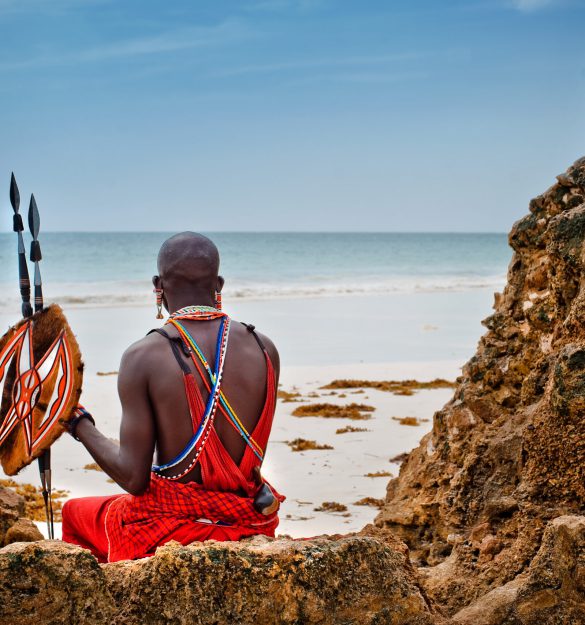
The Massai
They migrated along the Nile from Sudan and Egypt from 1550 onwards, bringing with them knowledge of agriculture and animal husbandry. In the 18th century, the Maasai were feared as “wild barbarians”; their territories were shunned by Arabs, hill tribes and Europeans alike. Drought, rinderpest, epidemics and civil wars caused the Maasai to lose land, livestock and wealth in the 19th century.
During the British administration, the tribal territory of the Maasai was further reduced, first by the establishment of hunting grounds, later by national parks. The Maasai were discriminated against for decades, their social influence limited.
Today, the Maasai are making the transition from a nomadic people to a settled life. The 140,000 Maasai in Tanzania live mainly in the area around Arusha as well as in the Ngorongoro Conservation Area and in the Serengeti.
Most of them already live as semi-nomads in a kraal (enk-ang) and only change their place every few years, depending on the fertility of the landscape. In addition to animal husbandry, the men today also earn their income as night watchmen or doormen (askari). More and more Maasai send at least one of their children to school. During school hours, the young Maasai wear jeans, trainers and T-shirts and report to the tribal elders by mobile phone.
The Language
Kiswahili, the lingua franca of East Africa, is the official language of Tanzania and forms a unifying bond between the tribes. Besides Kiswahili, there are more than 125 other languages.
English, the administrative language of the British colonial era, is no longer spoken in the civil service, in parliament or in government, but it is still considered the language of the courts and thus the official language in the broadest sense.
Those who speak the local language in Tanzania, or can at least express themselves a little, not only treat the locals with respect, but also show interest in the foreign culture.
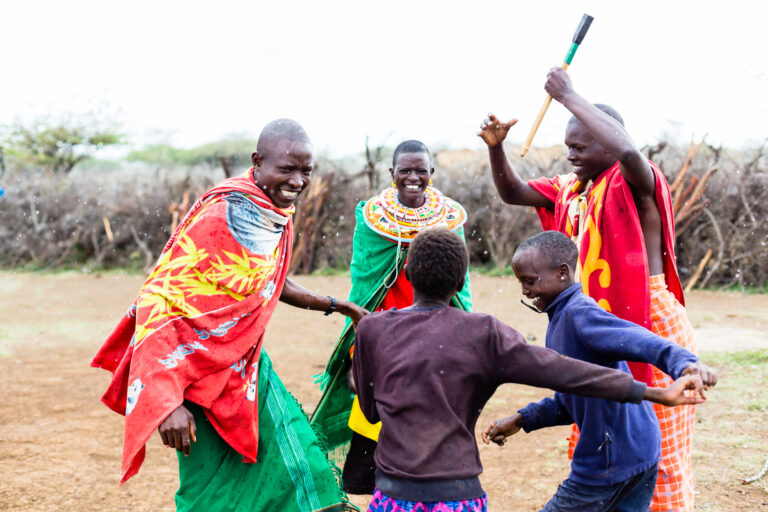
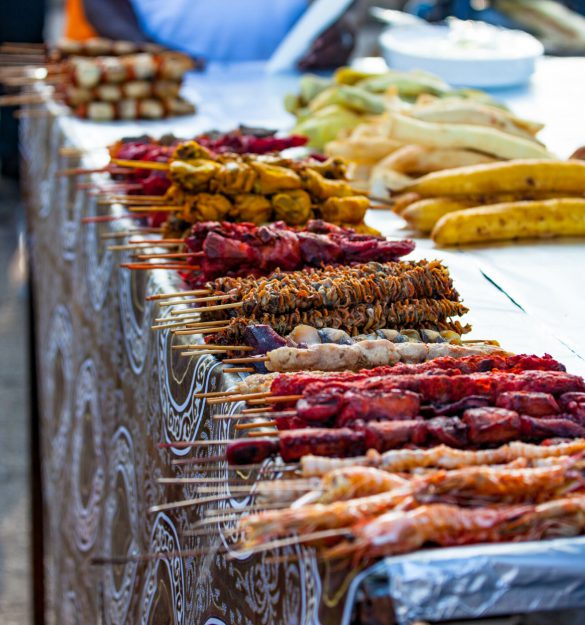
Traditional food
In the cuisine of Tanzania’s interior, maize porridge (“ugali”), plantains, beans and spinach are usually served. An essential ingredient in Tanzanian cuisine, ugali serves as a side dish to meat and stews. Most dishes in Tanzanian cuisine are rich and fatty, because often the main purpose of eating is to get full.
Bananas are prepared in many different ways in Tanzania: roasted, fried, sautéed, grilled or as porridge. They are also used in stews in combination with meat.
“Mchicha” is a vegetable stew that also contains meat or fish. The meat is usually beef, lamb, goat or chicken. Pork is often not available due to the many Muslims living in Tanzania.
“Chips Mayai” is also an absolute speciality in Tanzania! A kind of omlette with potatoes or chips, eaten with spicy pili-pili sauce.
The cuisine on the Tanzanian coast is characterised by oriental influences. Indian chapati, Arabic spices and tropical coconuts meet here. A rich variety of fish and other seafood dominates the cuisine of the Swahili Coast.
Wood processing
Over the centuries, traditional arts and crafts have been influenced by the mixing of peoples in the different regions. Especially in the coastal area, which was strongly influenced by the Orient, African arts and crafts were mixed with Arabic and Persian to form what is today known as “Swahili” art.
Particularly in the field of woodworking, a tradition that was originally not very widespread in East Africa, the influence was great. The Arab dhows in the coastal area and on Lake Victoria bear witness to this, as do the oriental ornaments on numerous elaborately decorated doors on the island of Zanzibar, especially in the old town (“Stone Town”).
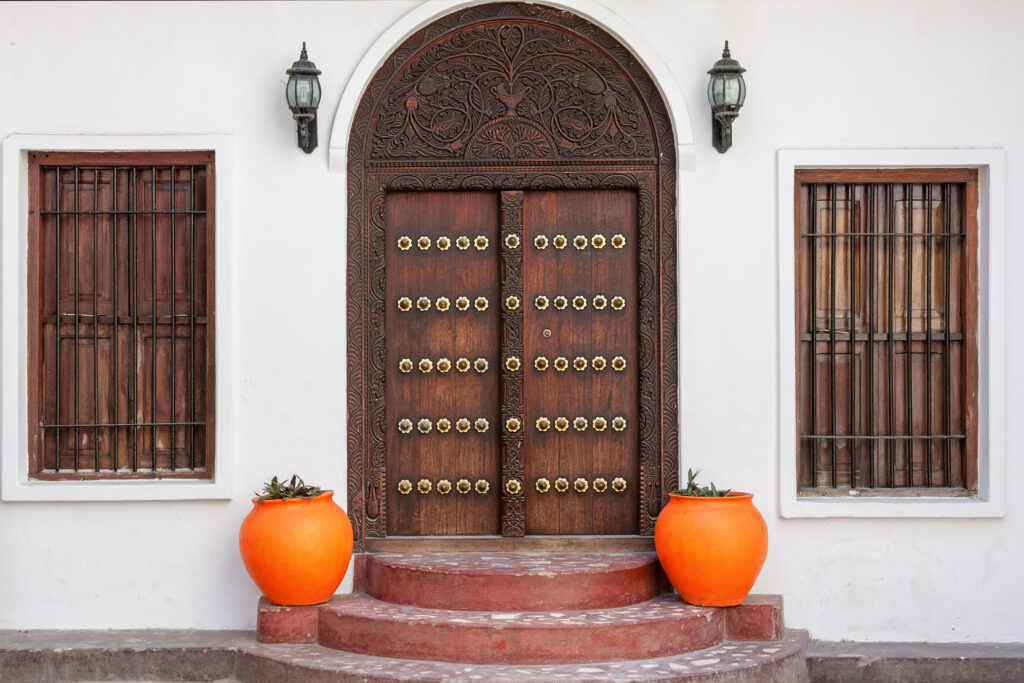

Music
Traditional music, also called “ngoma”, forms a unity with dance, religion and rituals in East Africa. The drum is the most important and original instrument and dominates almost all festivals, ceremonies and dances with its sound.
In the last thirty years, however, Tanzania’s music has changed a lot. Increasingly, it has been mixed with American gospel sounds as well as various Western and African musical styles. A distinct Tanzanian pop music had developed.
In Zanzibar, on the other hand, which was strongly influenced by contact with Arabia, a distinct musical style called “taarab” music developed. One of the most popular music genres is Bongo Flava, a mixture of Swahili hip hop, rap and traditional music elements, whose stars not only perform throughout Africa, but even in Europe.
we show you the way to happiness
Bahati Safari
Bahati Safari
“It’s not the land we discover, we discover ourselves.”
ADDRESS:
Dorsch GmbH
Grafenriederweg 5
93152 Nittendorf
Germany
+49 151 194 0 171
E-mail:
legal
Privacy
Imprint
Cookie-Policy
